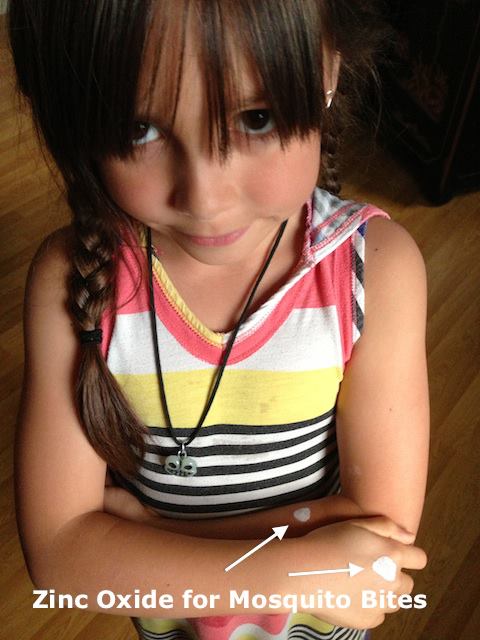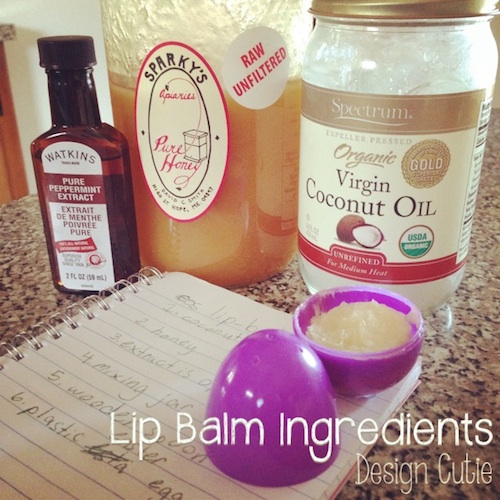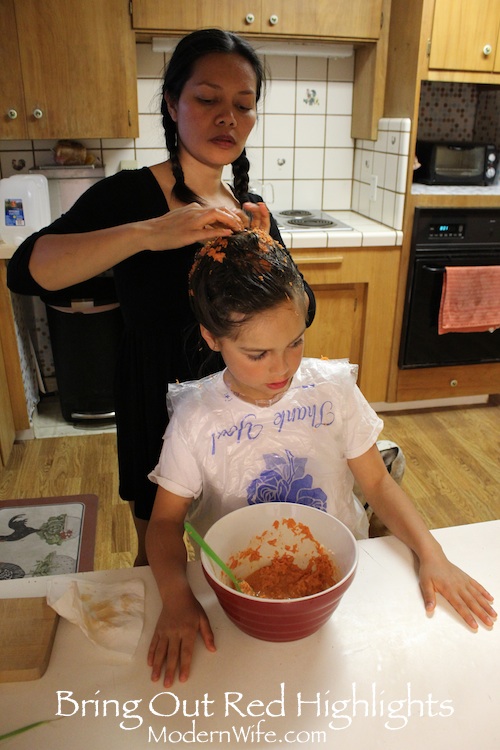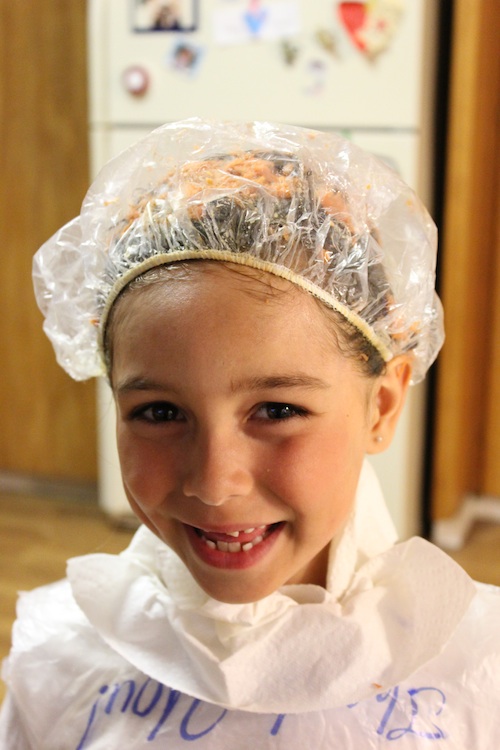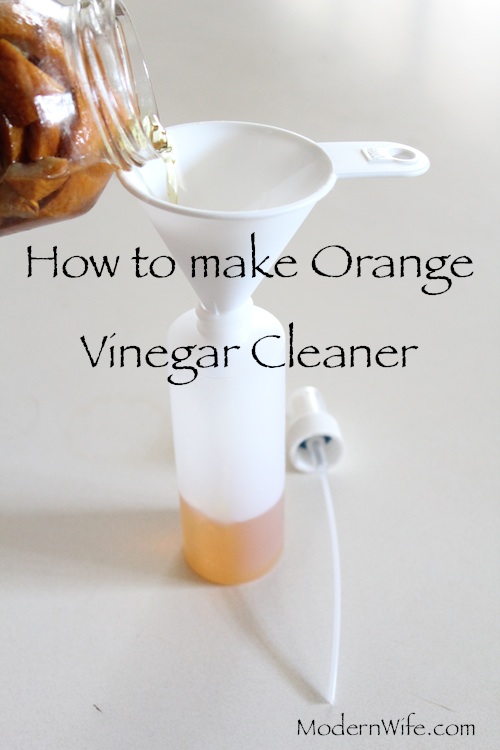Even before the CDC released results of a study linking sunscreen ingredients to hormone disruption and cell damage, Hulda Clark tested and found sunscreen and many other commercial body products to be polluted with toxic chemicals. Not only is sunscreen bad for people, it is also bad for marine life, creating sex change in fish.
When worn while swimming in a chlorinated pool, sunscreen can cause cytotoxicity (cell death) and a loss of UV protection. Here are the studies that show what happens when sunscreen is exposed to chlorine.
Believe it or not, the best option for sun protection is as simple as Vitamin C and water.
Studies show that applying Vitamin C on the skin is effective against photoaging and reversing past sun damage to the skin. Use Vitamin C to protect your skin before sun exposure and as skin care treatment after sun exposure.
Here is the 2-ingredient recipe:
Vitamin C Spray
Ingredients:
8 oz distilled water
2 teaspoons Vitamin C Powder
8 oz HDPE Spray Bottle
I make a small batch for my family every year. The kids like spraying it in their mouths because of its tangy Vitamin C taste. (It’s food-grade!) This year I thought I’d make it available for anyone who would like one as well. Order Vitamin C Spray at NaturalHealthSupply.com.
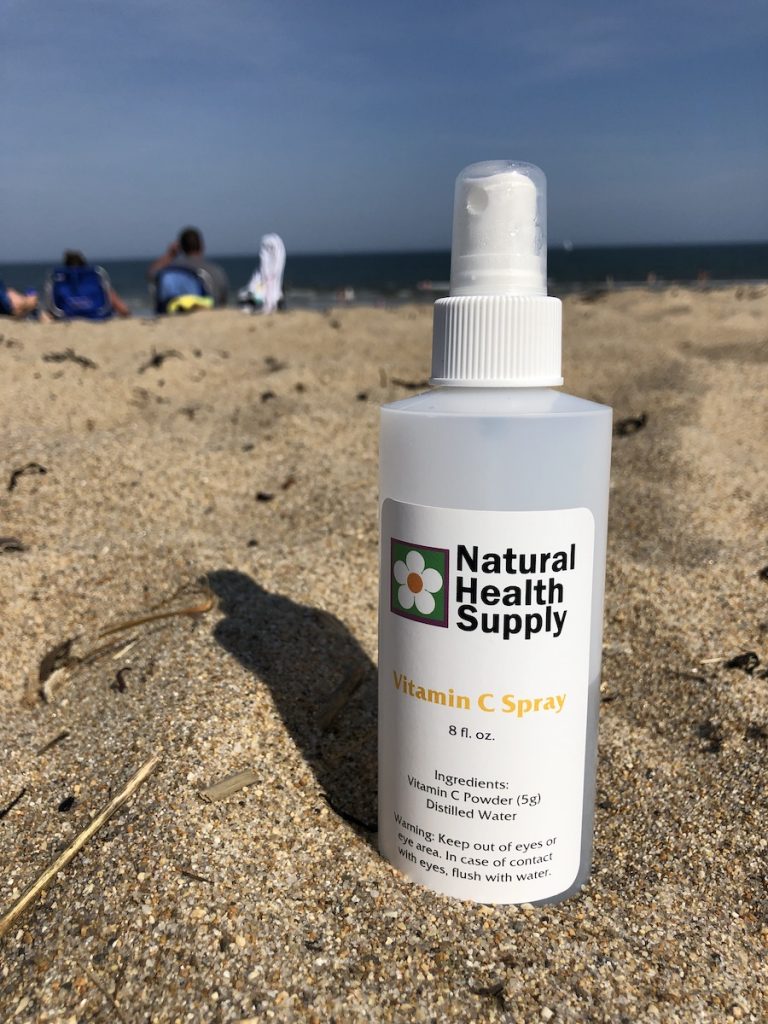
Shake and spray on skin as often as you need. Vitamin C in water may turn a dark yellow in time, but it is still as potent as the day it was made.
It’s not sticky. Skin absorbs it easily. You don’t have to wait until before going outdoors to spray it. Use it everyday to reverse past sun damage, and keep the skin healthy and protected for future sunning.
More info at:
How is your Sunscreen like Asbestos?
The Safe and Skin-Nourishing Sunscreen Alternative
Enjoy the outdoors this summer!


